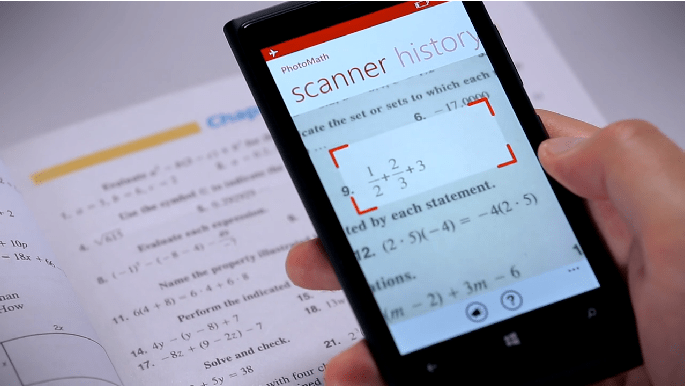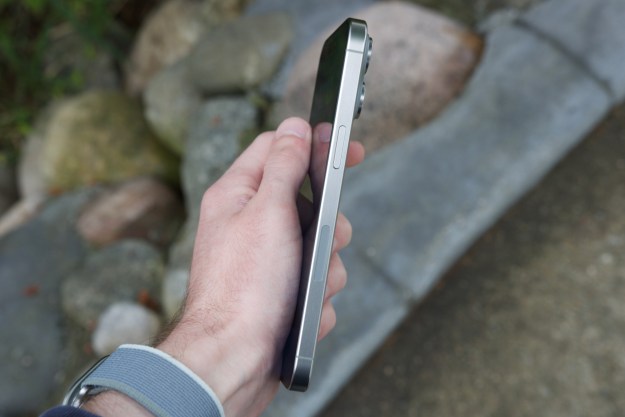
Billed as a “smart camera calculator,” PhotoMath takes a page from the book of augmented reality apps like Word Lens. Using optical character recognition to render math problems computer-manipulable, the app solves the captured functions and displays the final result beneath. A single tap yields a worked out, step-by-step solution.
Lest MicroBlink, the company behind PhotoMath, be accused of enabling procrastinators and cheaters, a company spokesperson told Quartz that the app was conceived as a personalized tutor of sorts, a means to guide students (and their parents) through complex equations. While that explanation probably won’t satisfy discomfited educators, it’s true that PhotoMath has the potential to help struggling pupils without access to tutors.
Of course, MicroBlink is already exploring use cases beyond the classroom. It eventually hopes to see the technology behind PhotoMath implemented in financial institutions and workplaces. To that end, the company has already made progress — its last app was used by European banks to help process bills.
Despite the company’s aspirations, PhotoMath’s capabilities are rather limited — it doesn’t recognize handwriting and can process only arithmetic expressions, fractions, decimals, powers, roots, and simple linear equations for now. However, if MicroBlink can rapidly iterate its OCR and computational tech, there’s no doubt that PhotoMath will be very popular.
Editors' Recommendations
- Here’s how Apple could change your iPhone forever
- Everything you need to know about the massive Apple App Store outage
- iOS 18 could make my iPhone look like Android, and I hate it
- 8 iPhone browser apps you should use instead of Safari
- Apple just released iOS 17.4. Here’s how it’s going to change your iPhone


